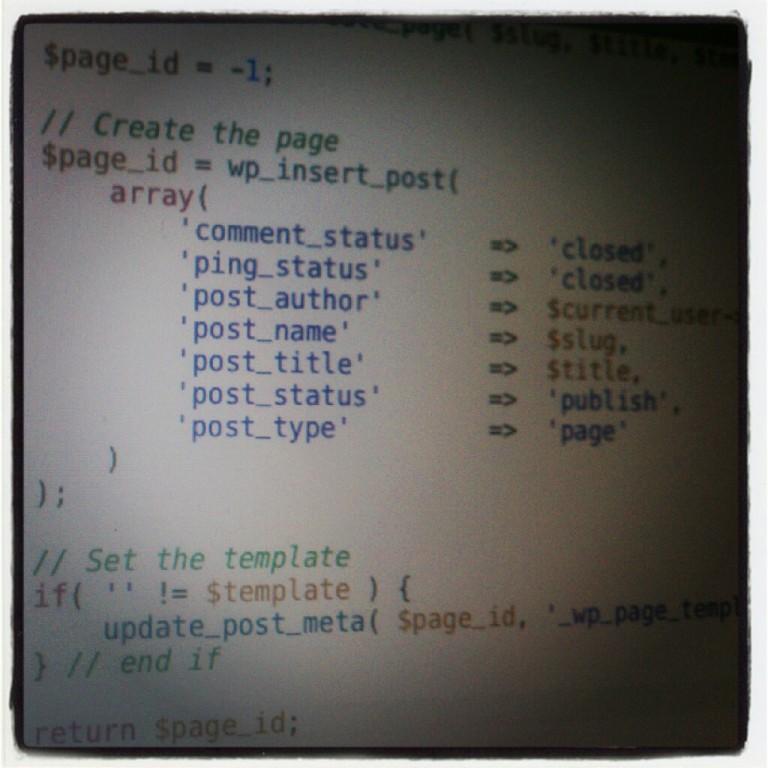Running for Heart Health: The Role of Heart Rate Monitoring in Your Fitness Journey
As the sun begins to rise, painting the sky with hues of orange and pink, countless individuals lace up their running shoes, ready to tackle the day with vigor. Running, a timeless pursuit, is more than just a method of transportation; it is a powerful ally in promoting heart health. In an era where health and wellness take center stage, understanding the intricate dance between physical activity and cardiovascular well-being is essential. This is where heart rate monitoring steps in—not merely a tool, but a gateway into the nuanced language of your body. By illuminating the rhythm of our hearts, these devices empower runners to gauge their efforts, optimize their routines, and ultimately, foster a deeper connection with their physical selves. Join us as we explore the importance of heart rate monitoring in running, unraveling its impact on fitness journeys and the vital role it plays in nurturing a stronger, healthier heart.
Understanding Heart Rate Zones for Optimal Training Benefits
To maximize your running efforts and harness the true benefits of cardiovascular training, it’s essential to understand the different heart rate zones and their specific advantages. Heart rate zones are typically classified into several categories based on your maximum heart rate, which can be roughly calculated by subtracting your age from 220. Some of the commonly recognized zones include:
- Resting Zone: 60-70% of your maximum heart rate, ideal for recovery.
- Fat Burning Zone: 70-80%, where the body utilizes fat as a primary fuel source.
- Aerobic Zone: 80-90%, great for building endurance and cardiovascular capacity.
- Anaerobic Zone: 90-95%, necessary for building speed and power.
- Peak Zone: 95-100%, reserved for short bursts of all-out effort.
By monitoring your heart rate during runs, you can tailor your workouts to fall within these specific zones based on your training goals, whether that’s enhancing endurance, burning fat, or building speed. This strategic approach not only helps in optimizing performance but also plays a crucial role in preventing overtraining and injury, ensuring safe progression in your fitness journey.
| Heart Rate Zone | Percentage of Max HR | Benefits |
|---|---|---|
| Resting Zone | 60-70% | Recovery |
| Fat Burning Zone | 70-80% | Utilizes fat for fuel |
| Aerobic Zone | 80-90% | Improves endurance |
| Anaerobic Zone | 90-95% | Increases speed |
| Peak Zone | 95-100% | All-out effort |
Essential Tools and Techniques for Effective Heart Rate Monitoring
To harness the full potential of heart rate monitoring, utilizing the right tools and techniques is essential. Start with **heart rate monitors**—consider options like chest straps for precision or wrist-based monitors for convenience. Both come with unique benefits depending on your needs. Additionally, mobile apps can sync with these devices, providing real-time feedback and historical data, empowering you to track your progress. Don’t forget about the importance of **warm-ups and cool-downs**; these practices can significantly affect your heart rate response during exercise. Keep an eye on your heart rate zones, which can be categorized as:
| Heart Rate Zone | Intensity Level | Purpose |
|---|---|---|
| Resting | Very Low | Recovery |
| Fat Burn | Low | Weight Loss & Endurance |
| Cardio | Moderate | Improving Fitness |
| Peak | High | Maximum Effort |
Incorporating these elements into your routine will not only enhance your workouts but also help you stay aware of your heart health. Regularly assess your metrics and adjust your training plans accordingly, as this will ultimately lead you toward a healthier and stronger heart.
The Conclusion
As we lace up our sneakers and hit the pavement, it’s clear that running is more than just exercise; it’s a vital step towards a healthier heart. With heart rate monitoring as our guide, we can navigate this journey with precision and awareness, ensuring that every stride brings us closer to optimal heart health. Embracing this technology not only enhances our performance but also empowers us to listen closely to our bodies, adapting our efforts to meet our unique fitness needs. As we continue to explore the rhythm of our runs, let’s remember that each heartbeat serves as a reminder of our commitment to health and wellness. So, whether you’re a seasoned marathoner or just beginning your running adventure, stay connected with your heart, and let it lead you on a path towards lasting vitality. Happy running!









Leave a Reply